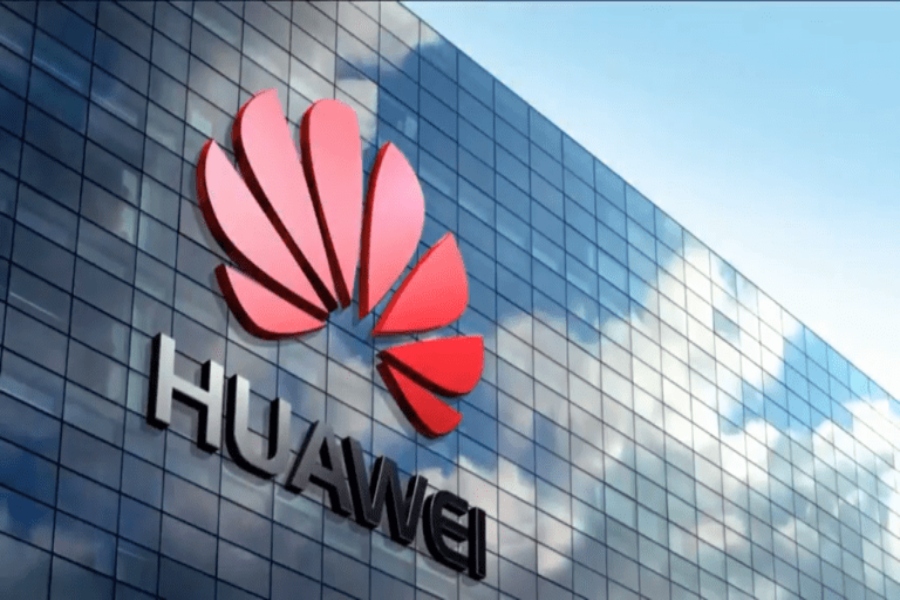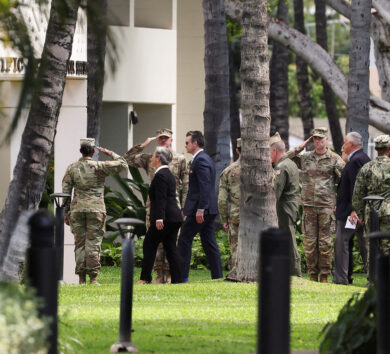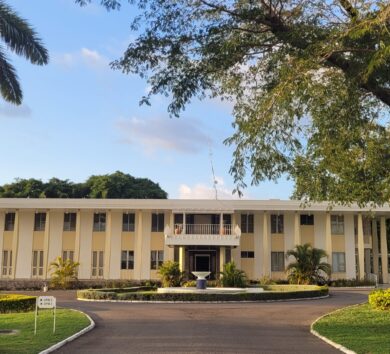

Business leaders in Latin American telecommunications and related industries gathered at the first LATAM Fiber Broadband Leaders Summit, to discuss the potential of fibre optics in Latin America (LATAM) and the Caribbean and launched the LATAM Fiber Broadband Initiative in São Paulo, Brazil.
The LATAM Fibre Broadband Initiative, which aims to accelerate fibre broadband development in the continent, was launched at the summit that was hosted by Huawei, on Monday, October 2, with the support of the International Telecommunication Union (ITU) and Informa Market.
The summit also discussed trends, challenges, business success practices, and innovative applications of fibre optics throughout LATAM and the Caribbean.
According to ITU research, every 10 per cent increase in fibre penetration can increase GDP by 1.9 per cent. Brazil, Chile, and Mexico have been frontrunners in developing policies to accelerate fibre-optics development. According to the Broadband Strategy of Brazil, the fibre optics backhaul rate will reach 100 per cent in areas with more than 600 people and the home access bandwidth will reach over Gbit/s by 2027.

Bob Cai, president of Huawei Latin America Carrier Business, opened the conference by highlighting Brazil’s speed at developing 5G infrastructure and hailed fibre optics as the solution to closing the digital divides in the region.
Huawei has deployed more than 8,000 kilometres of fibre optic cables in the Amazonas region, enabling 3.7 million people to access the Internet. “Fibre optics is considered a key part of the solution and Huawei will also continue to work hard in the future to not let anyone fall behind in the digital world,” Cai said.
“Huawei is committed to providing the intelligent, efficient, and cost-effective digital fibre solution, helping carriers efficiently deploy FTTH networks, provide premium user experience, implement intelligent O&M, and provide various innovative services for homes and enterprises, ” he continued.

Algar Telecom CEO Jean Borges, a long-time Huawei partner in Brazil, informed that the company has an infrastructure of fibre optics that covers 13 states. “We are focused on the user’s experience as the guide to service quality and modernisation,” he said.
Jorge Borges, competition superintendent of Anatel Brazil, referencing the need to deliver Internet access to the less populated regions in Brazil, added: “In the coming years, we will address these challenges of bringing connectivity countrywide. Our investments in isolated locations, including infovias (high-speed Internet highways) in the north, are on the way.”
“We are also in a moment of regulatory change that is fostering new markets. We are committed to bringing connectivity to people’s daily lives and streamlining new economic sectors,” he continued.

Marcelo Carvalho, CMO of Claro Brazil, said: “In continental countries like Brazil, the market is very competitive, and public policies are fundamental to solving inequalities and more affordability. We have been investing in fibre since the first day of our broadband operations and we believe that service needs to be delivered according to what people need.”
Speaking on Brazil’s fibre optics infrastructure, Átila Branco, CTIO of Fibrasil, and Marcio Estefan, CCO of I-Systems, agreed that companies should be sharing their tower infrastructure to reduce operation and management costs and achieve better results for all players.
Rodrigo Abreu, CEO of Oi Brazil, stated: “Oi achieved impressive results as it started to execute its transformation plan focused on fiber. The company is developing one of the boldest and largest FTTH projects in the world.”
Rodrigo Robles, programme officer at regional office Brasilia, ITU, emphasised the importance of broadband connectivity to nations accomplishing the UN sustainable goals. He said, “By 2030, the goal is to have every person with Internet access, be it in the workplace, at home, or in a school. To achieve such a task, governments and enterprises must invest in infrastructure, affordability, digital skills, and content.”







Comments